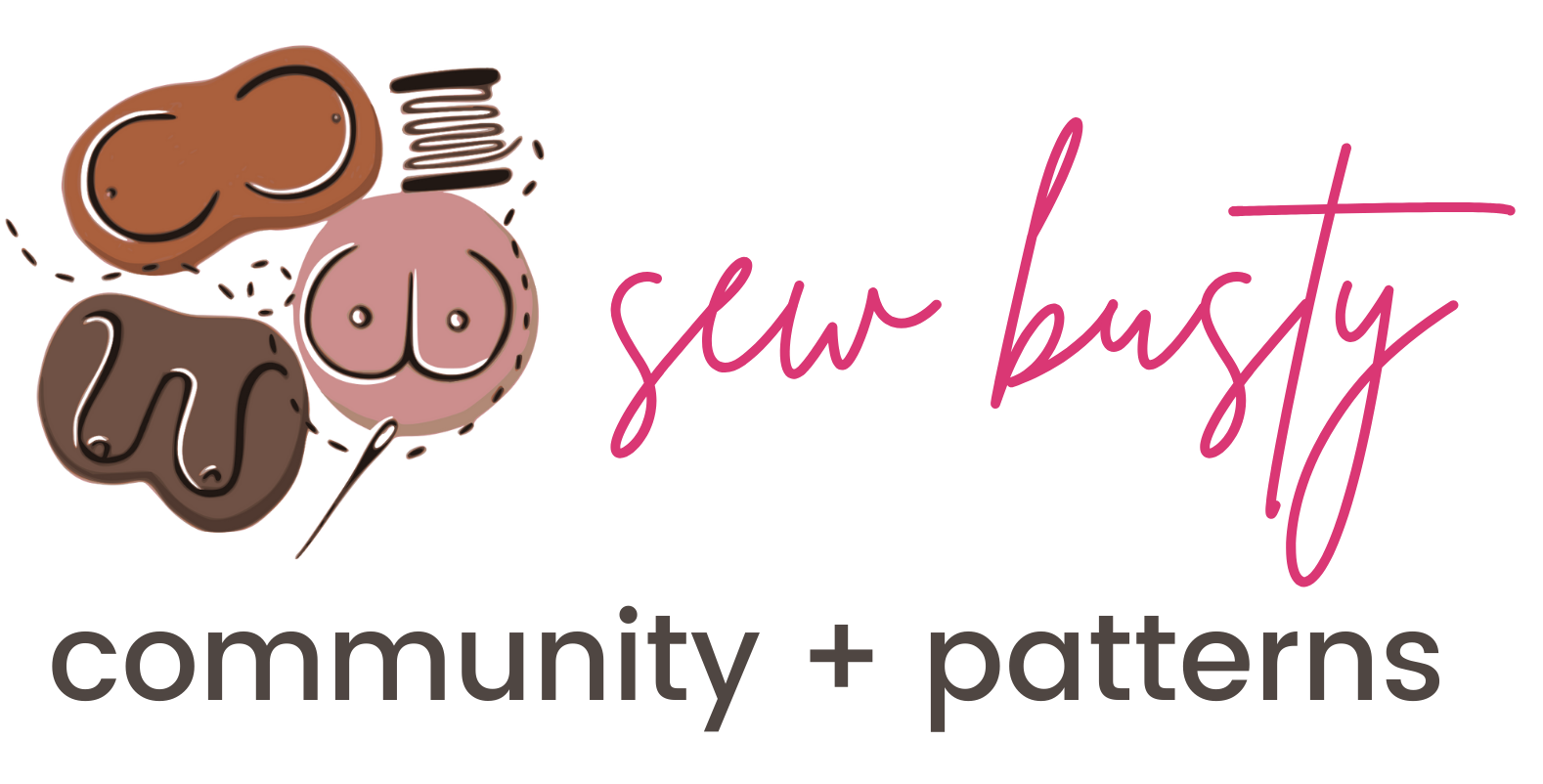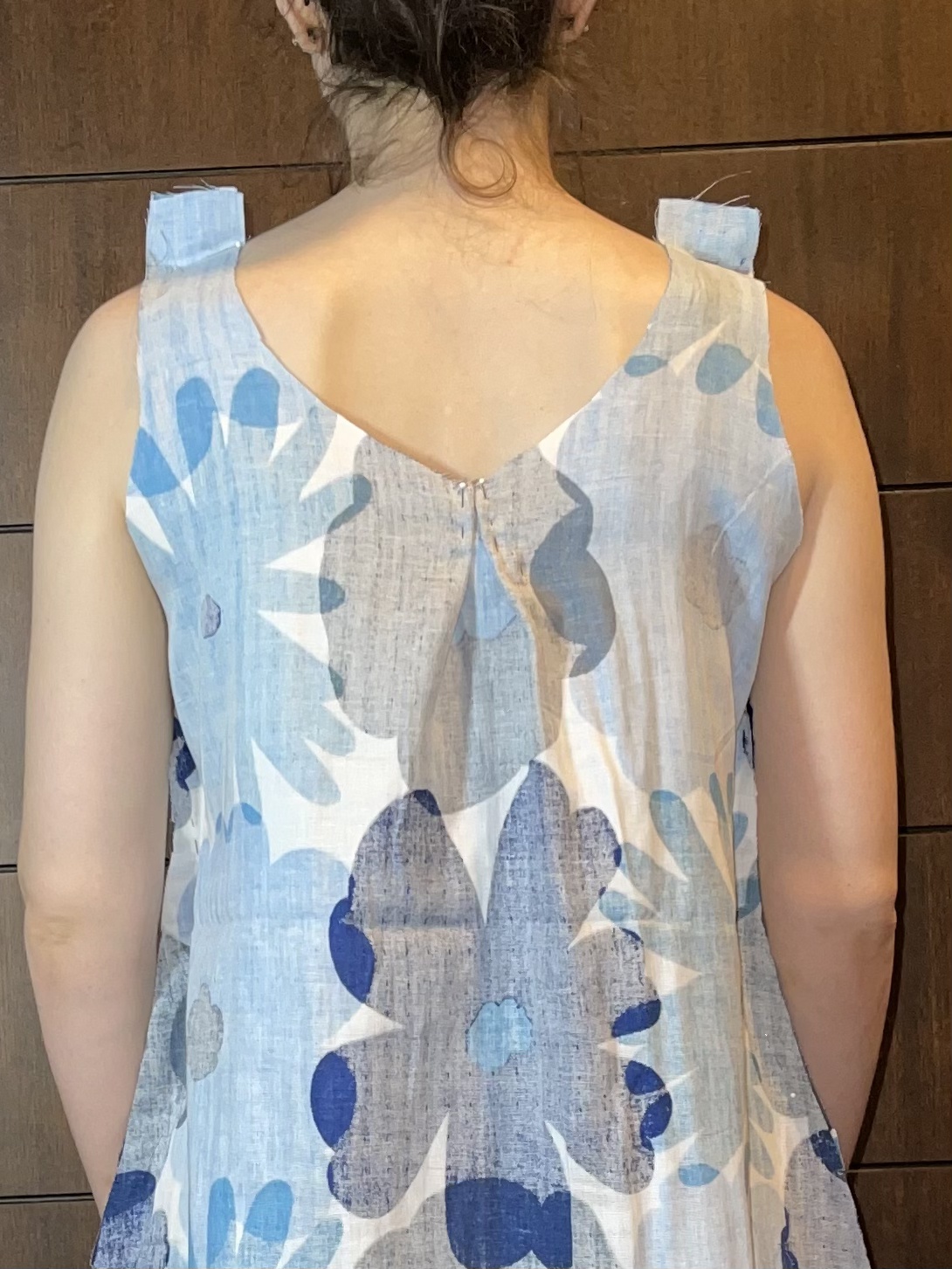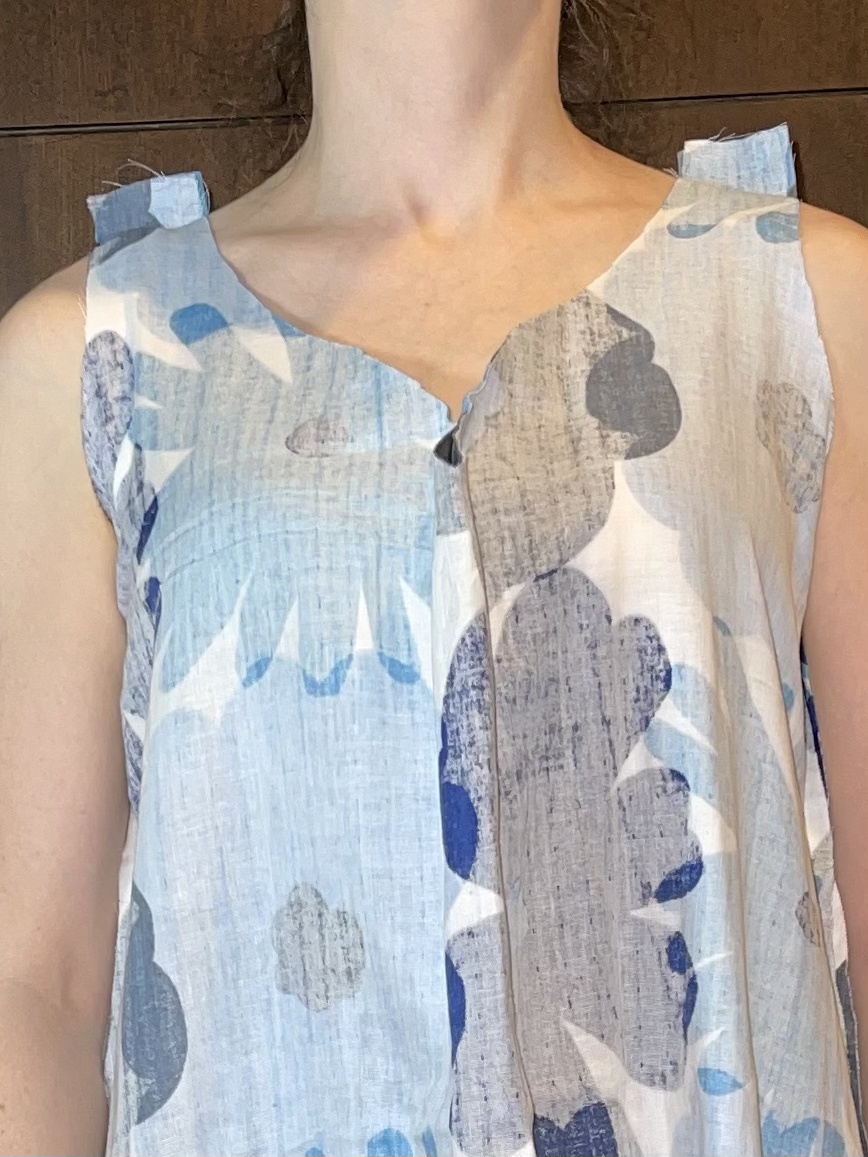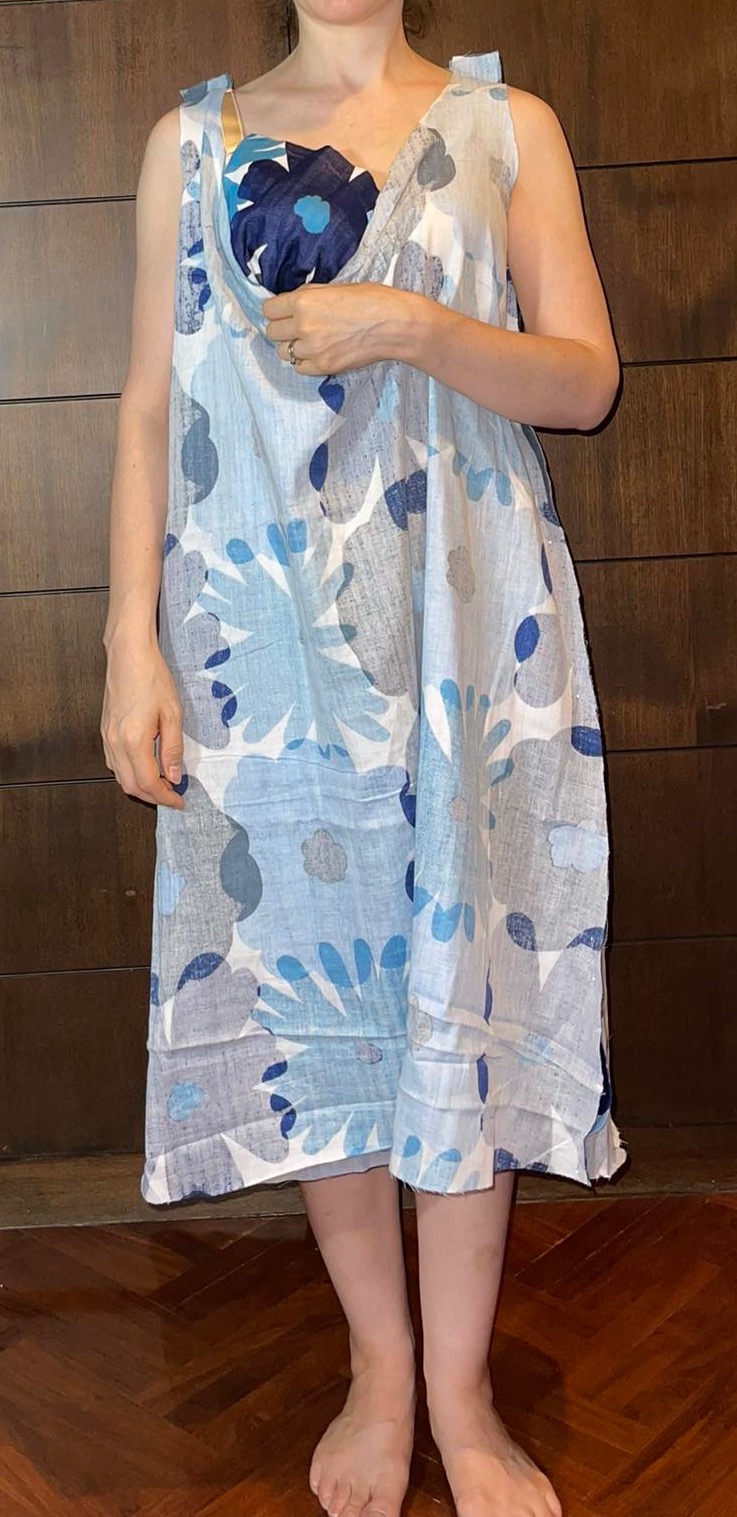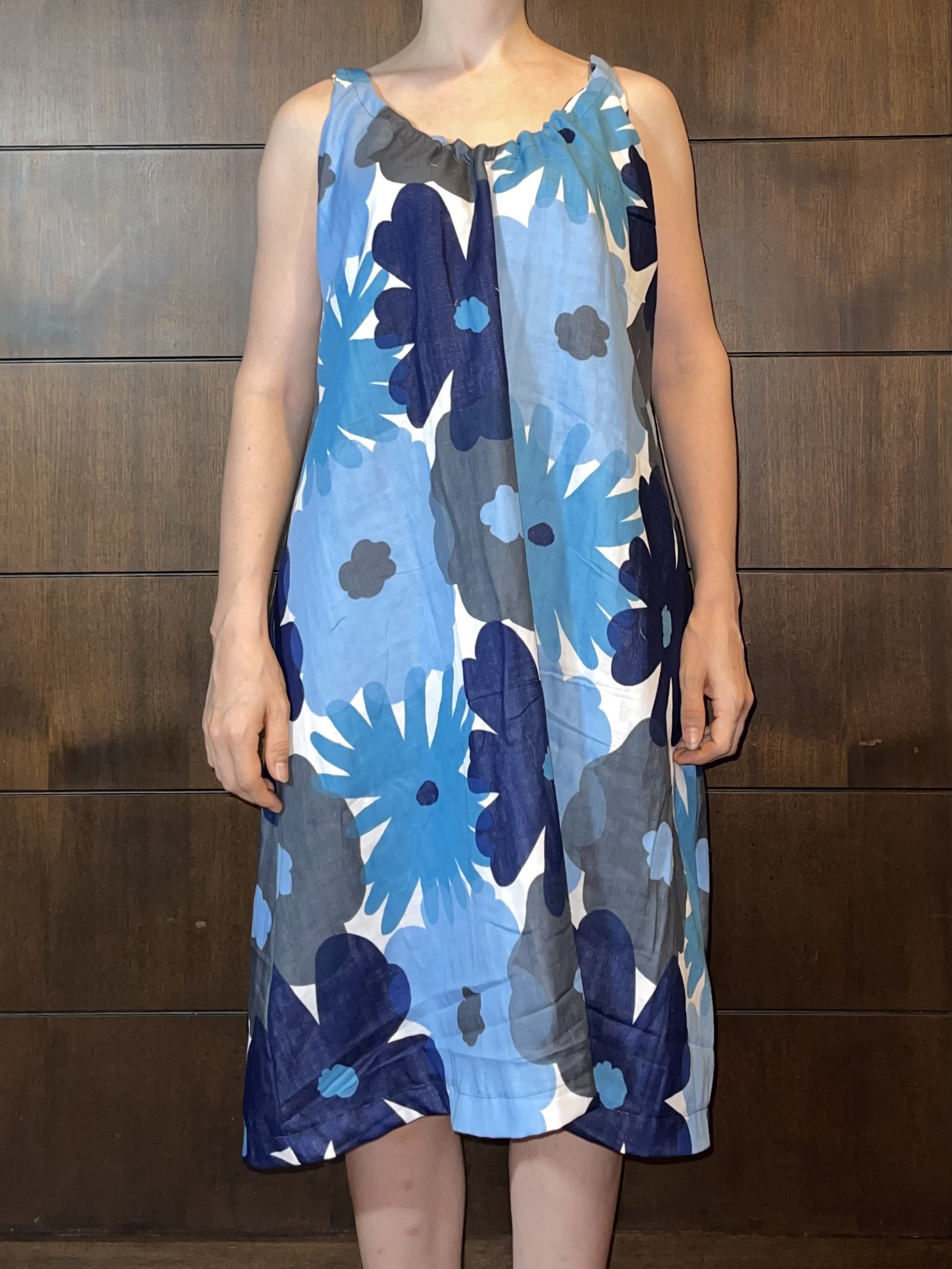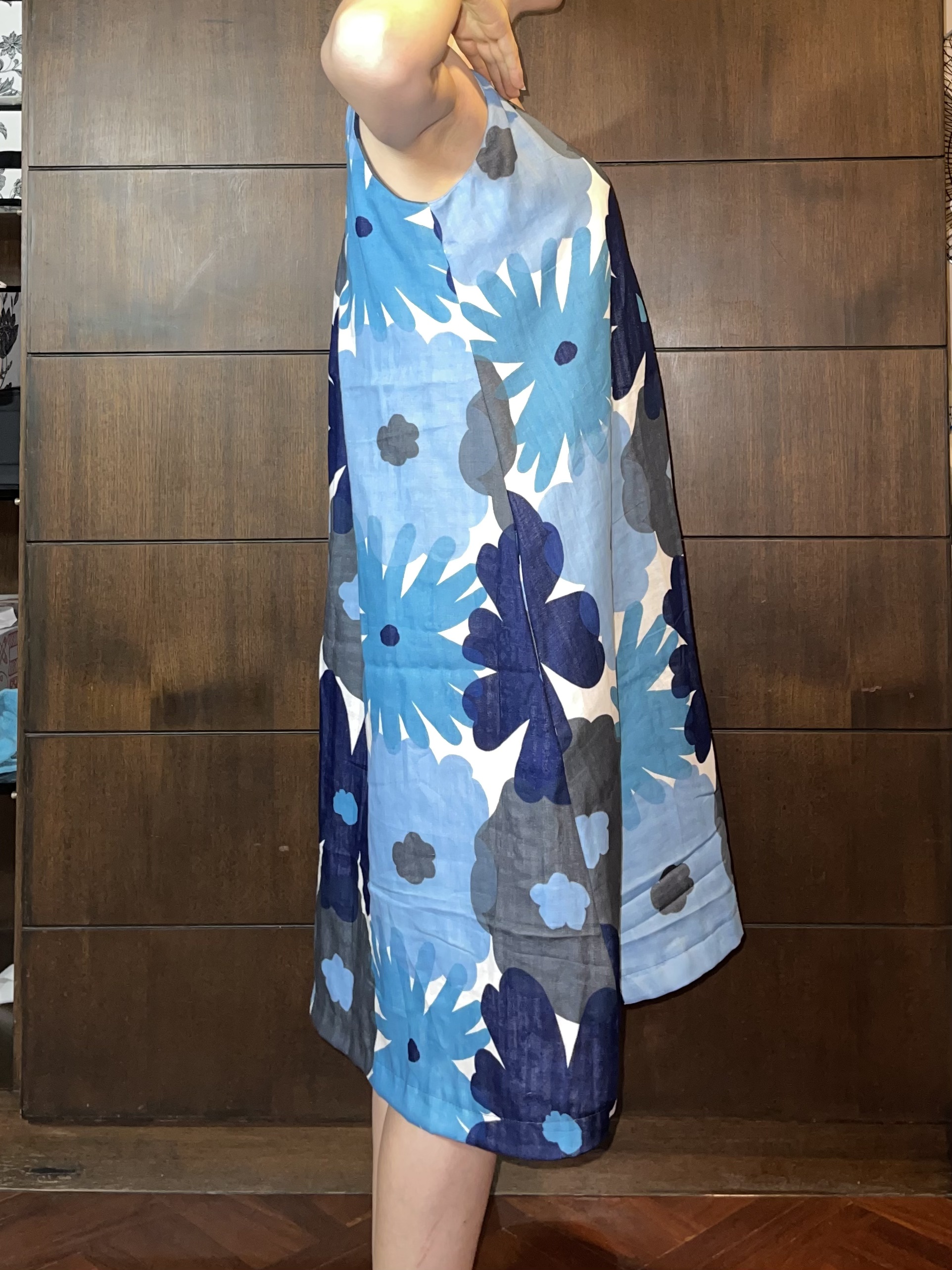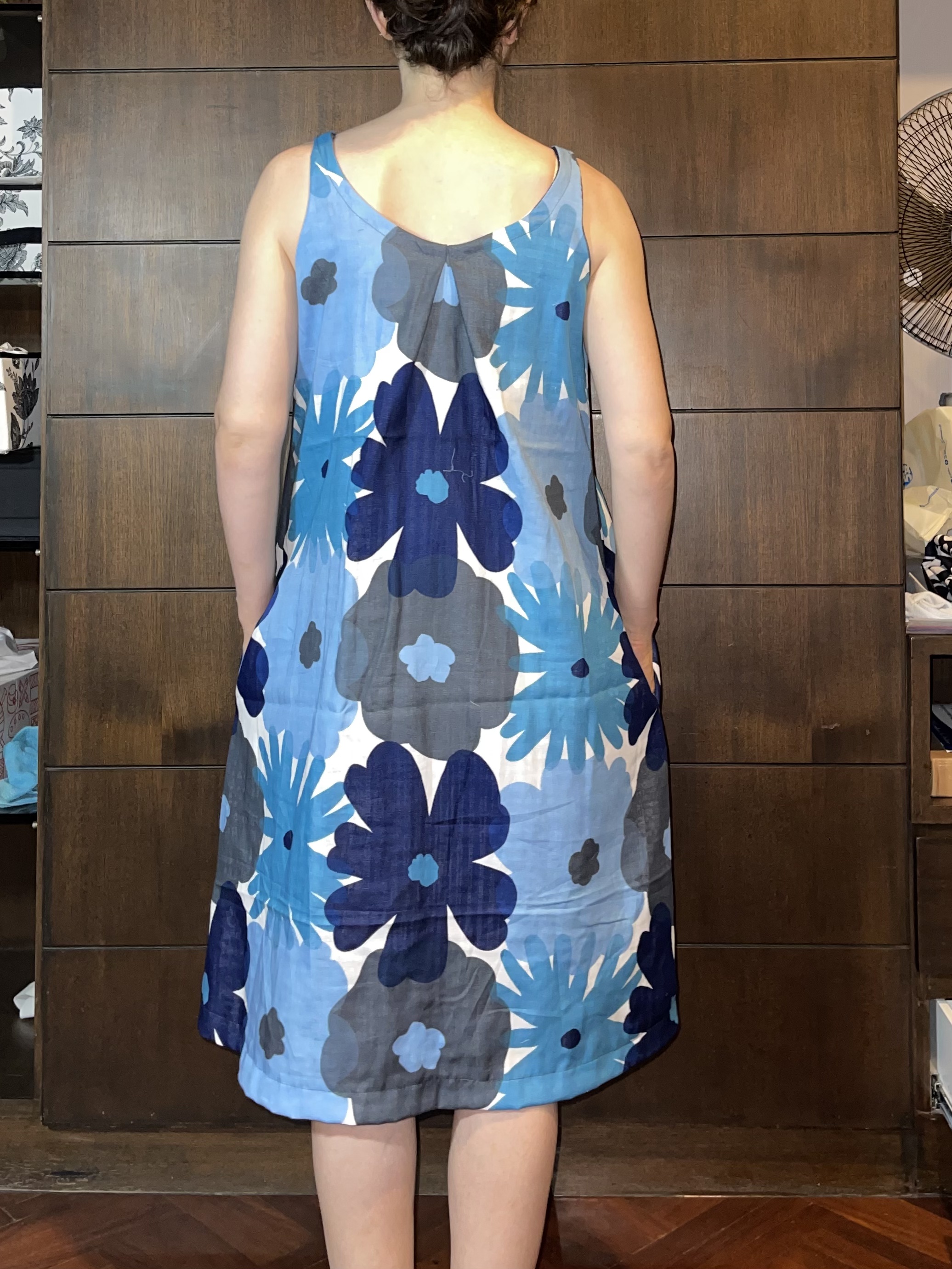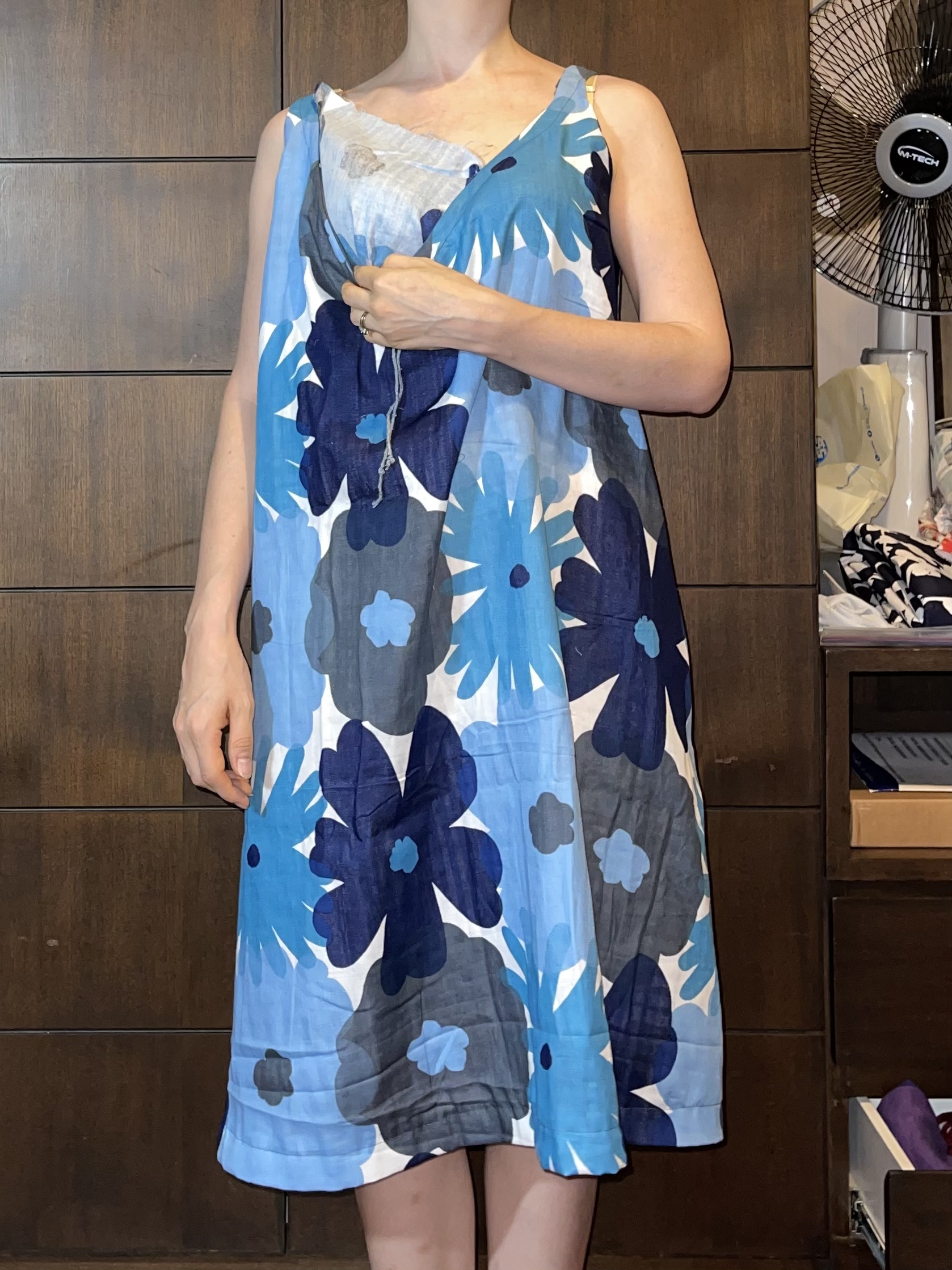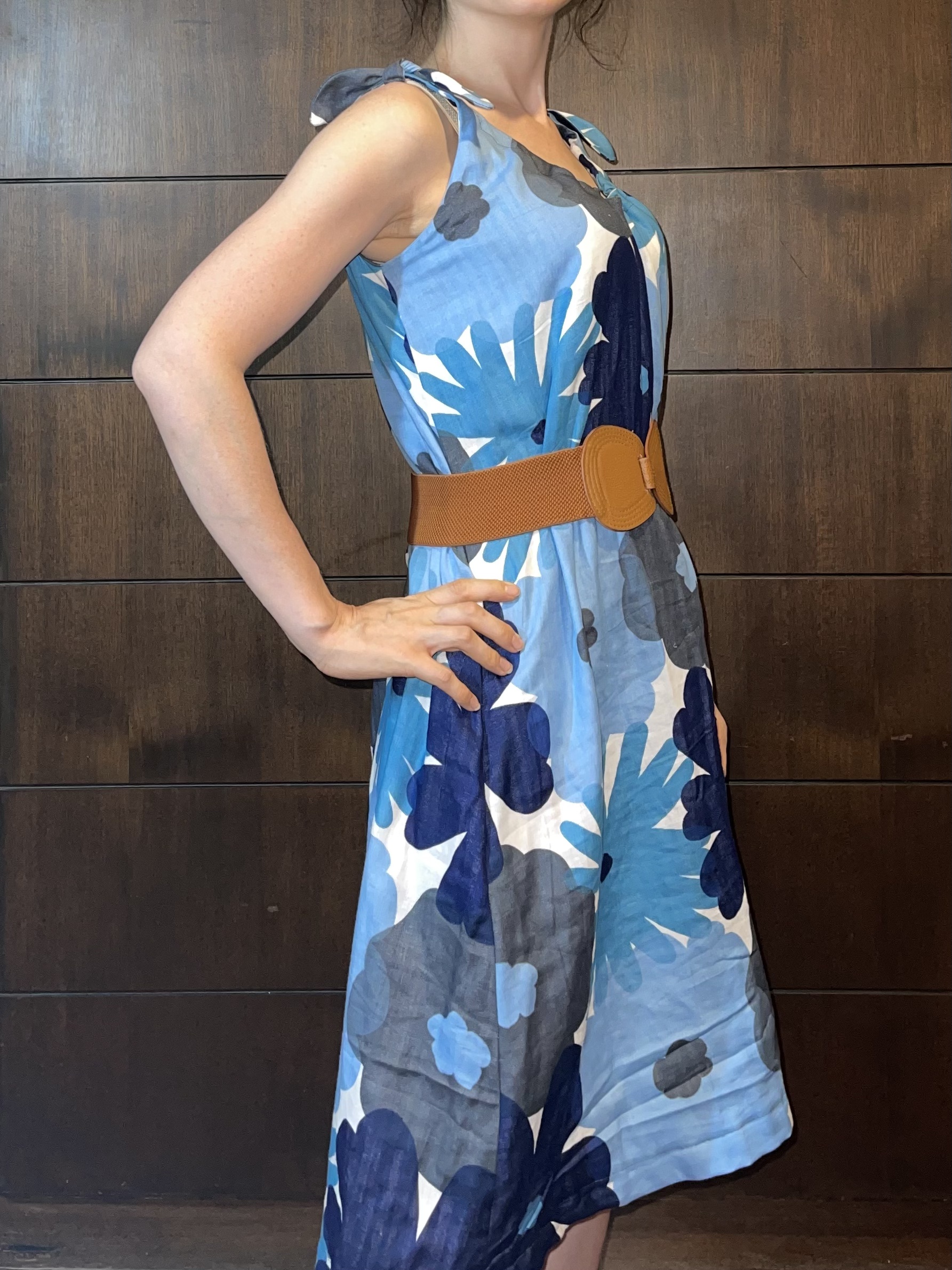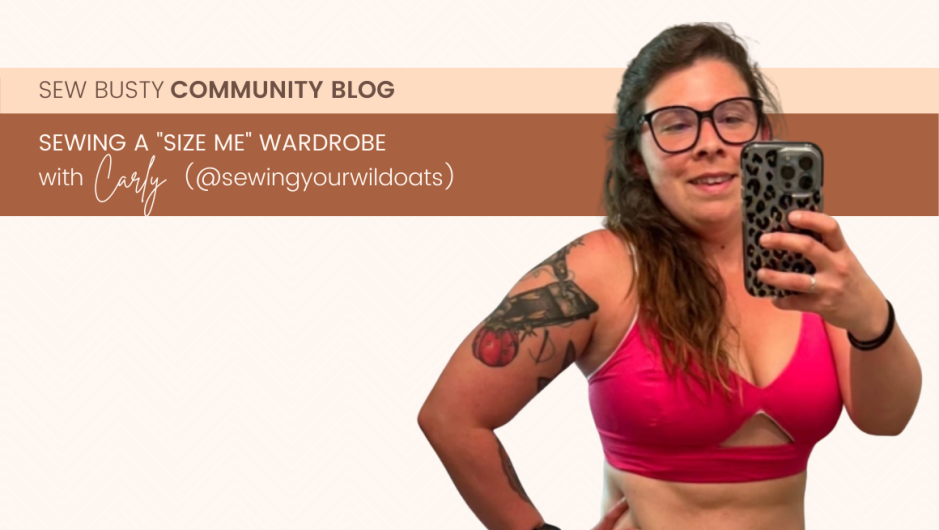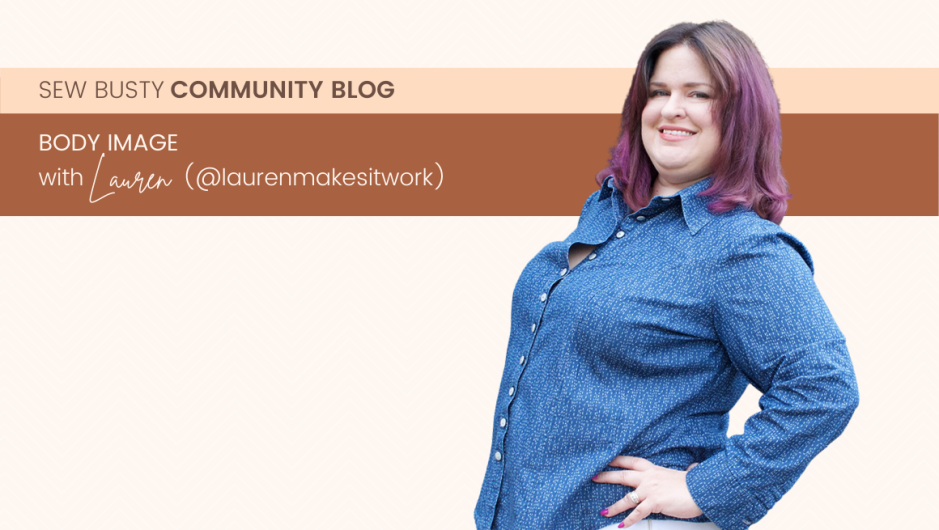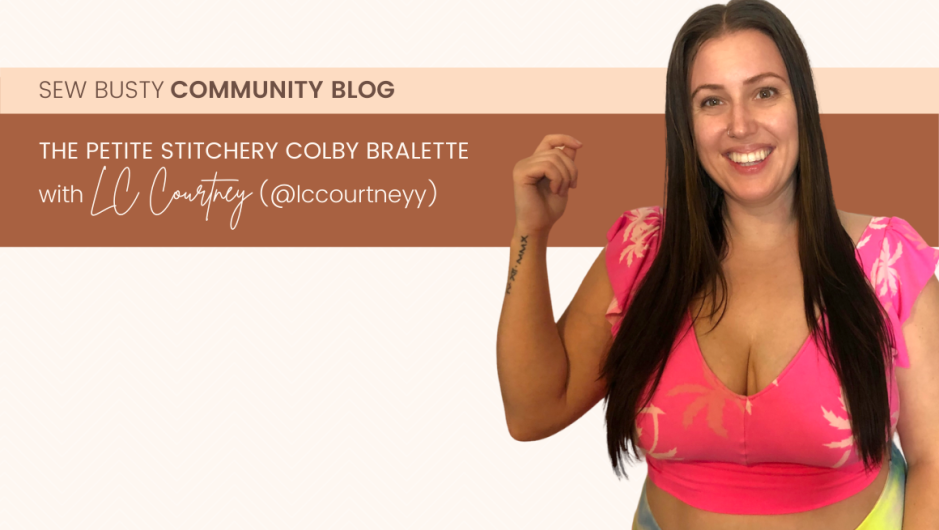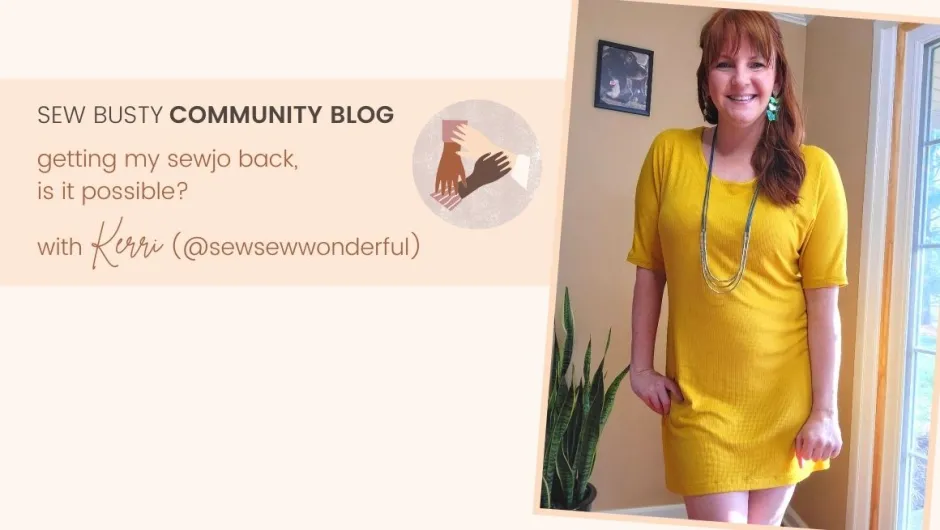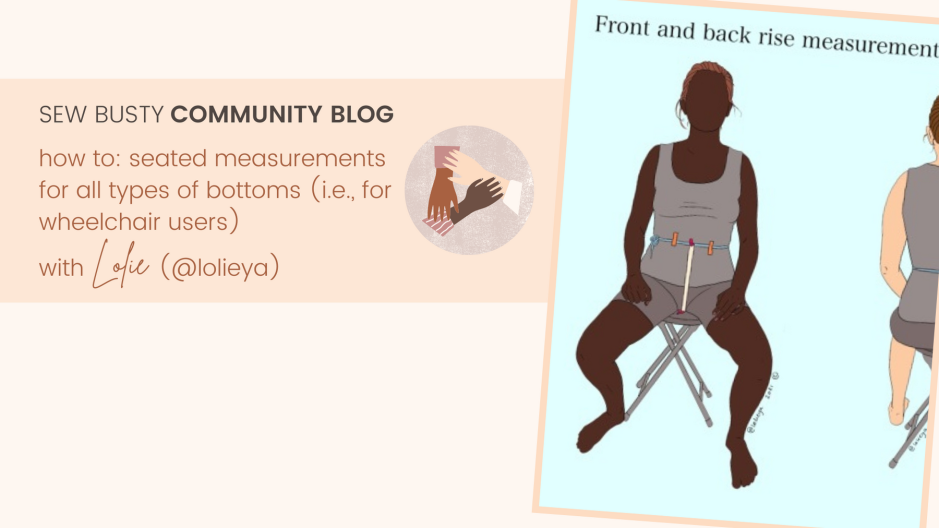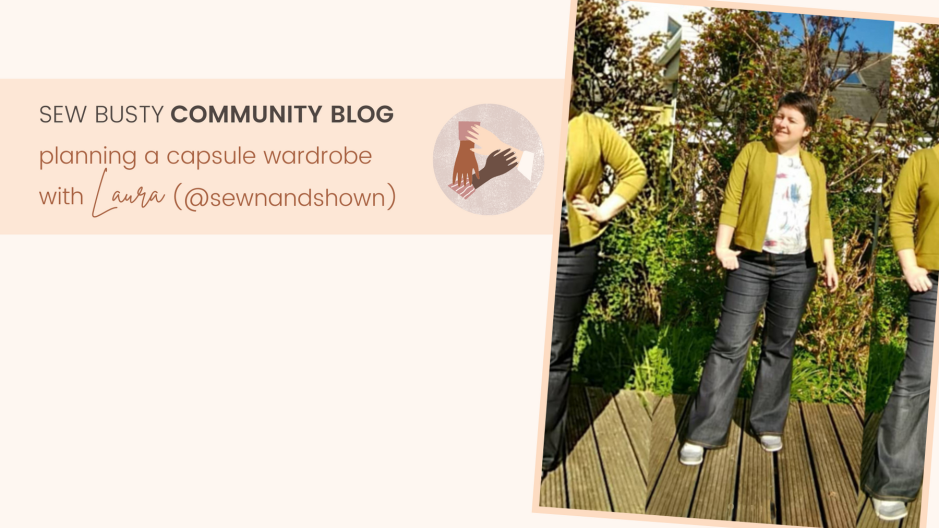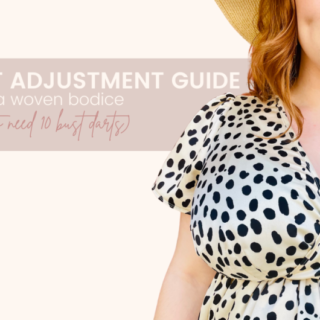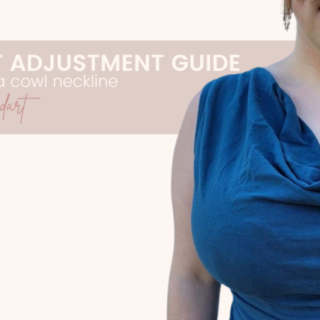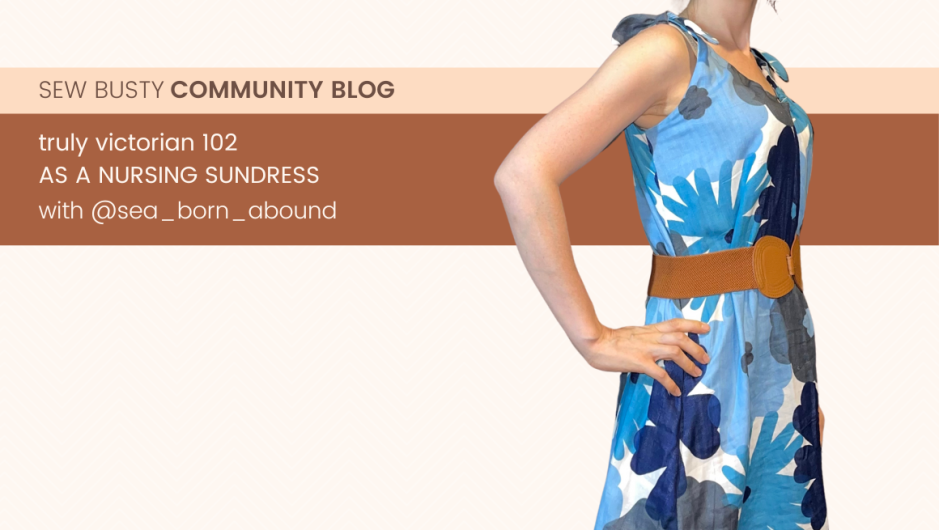
Community Blog | Truly Victorian 102 as a Nursing Sundress with Sea Born Abound
Planning:
I have been searching for the perfect nursing sundress, as I live in a tropical country that is hot and humid (the feels like temperature was recently 46C). I’m also picky as I wanted it to be a woven dress with straps that will cover a bra and not too tightly fitted but also not a sack. Nursing clothes are often lumped in with maternity and frequently patterns are made for knit fabric so the pickings were slim.
After another fruitless session of browsing through patterns and Instagram posts, I remembered that I already own the something that might be an option with some modifications — the Truly Victorian (TV) Chemise and Drawers (TV102).

Now, I’ve owned this pattern for so long, that what I have is still the hand-drawn drafting on paper (and it uses a different sizing system than the current version) but I did confirm with the designer that although it’s gone through a few redrafts (and is now available as a PDF) that it is substantially the same and I didn’t need to get the new version.
A few things to know about TV patterns — as they are based on historical garments, they are usually drafted for a higher and smaller armhole than modern patterns and the chemise is made to be tightened with a drawstring so you can wear it both on and off the shoulder underneath a corset. This is important for how I’m altering it.

Final Back vs. Original 
Final Front vs. Original
Sizing wise, I used my high bust (HB) measurement as my starting point. My HB is ~29” (73.5 cm) and the M (as the sizing on my copy goes) is 30” for full bust (FB). My full bust (FB) is almost 35” (88.5 cm) with a very significant asymmetry due to nursing; this leaves me with an almost 6” difference between high and full bust.
I am someone who needs to use their straight HB measurement to decide on a size to ensure it matches my frame. Many people find that HB+2” works better (see previous Sew Busty posts).

Before I even get to the full bust alterations (FBA) needed, I need to take some of the width out of the back because I don’t want the dress falling off while nursing and I have a very narrow back width. (This comes up on nearly every pattern and also up the last time I made the chemise and other TV patterns). After measuring myself and the pattern, I reduced the width at center back by 1”; although I thought I might need another 1/2” taken out; I can just add a seam to center back if needed.
I also traced off the pattern and graded it from M under the arms to L from the notch to the hem so it’s not form fitting at my hips, as I am slightly pear-shaped. I wanted to keep it slightly A-line rather than clingy.
The front is where we get to the tricky part of alterations as I have a very high set bust and apex; the bottom of my bust is almost in-line with the top of my armpit.
Traditional FBAs don’t give need the extra room where I need it as they assume the extra space is needed lower, so I often need what another Busty Sewing community member calls a “high FBA” — which involves drawing a line through my apex point horizontally, cutting off the pattern and hinging to the armscythe and then spreading. This gives the room where I need it.
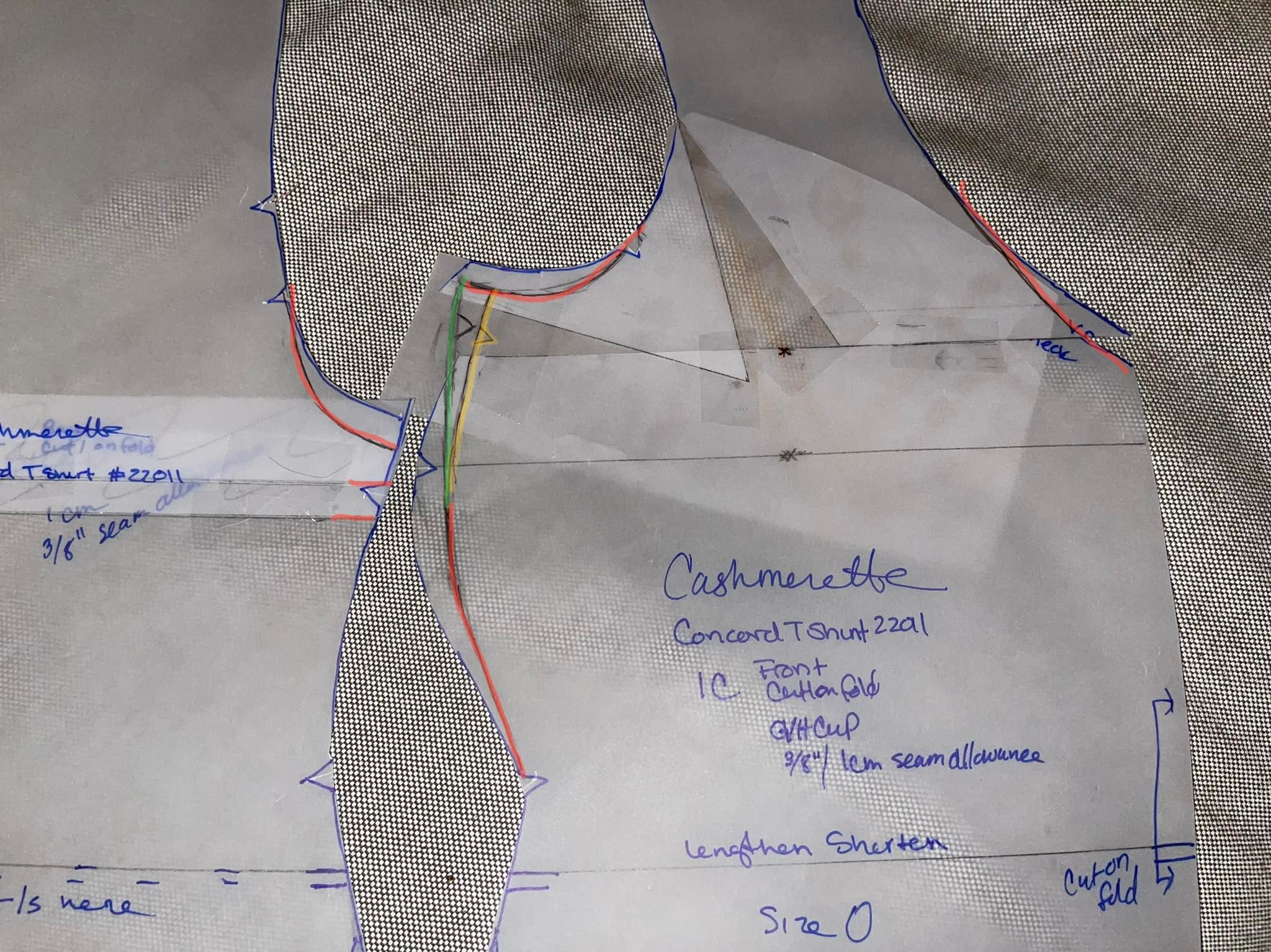
In this case I made a 2 1/4” FBA for a total of 4.5” which is less than the ~6” difference between my FB and HB but this pattern already has a lot of extra ease.
I then trued and redrew the armhole and center front. The straps are also now set in further so I don’t have to do a separate narrow shoulder adjustment. The center front is now wider and “too big” but this is where the ease I will need to pull down to nurse will come from.
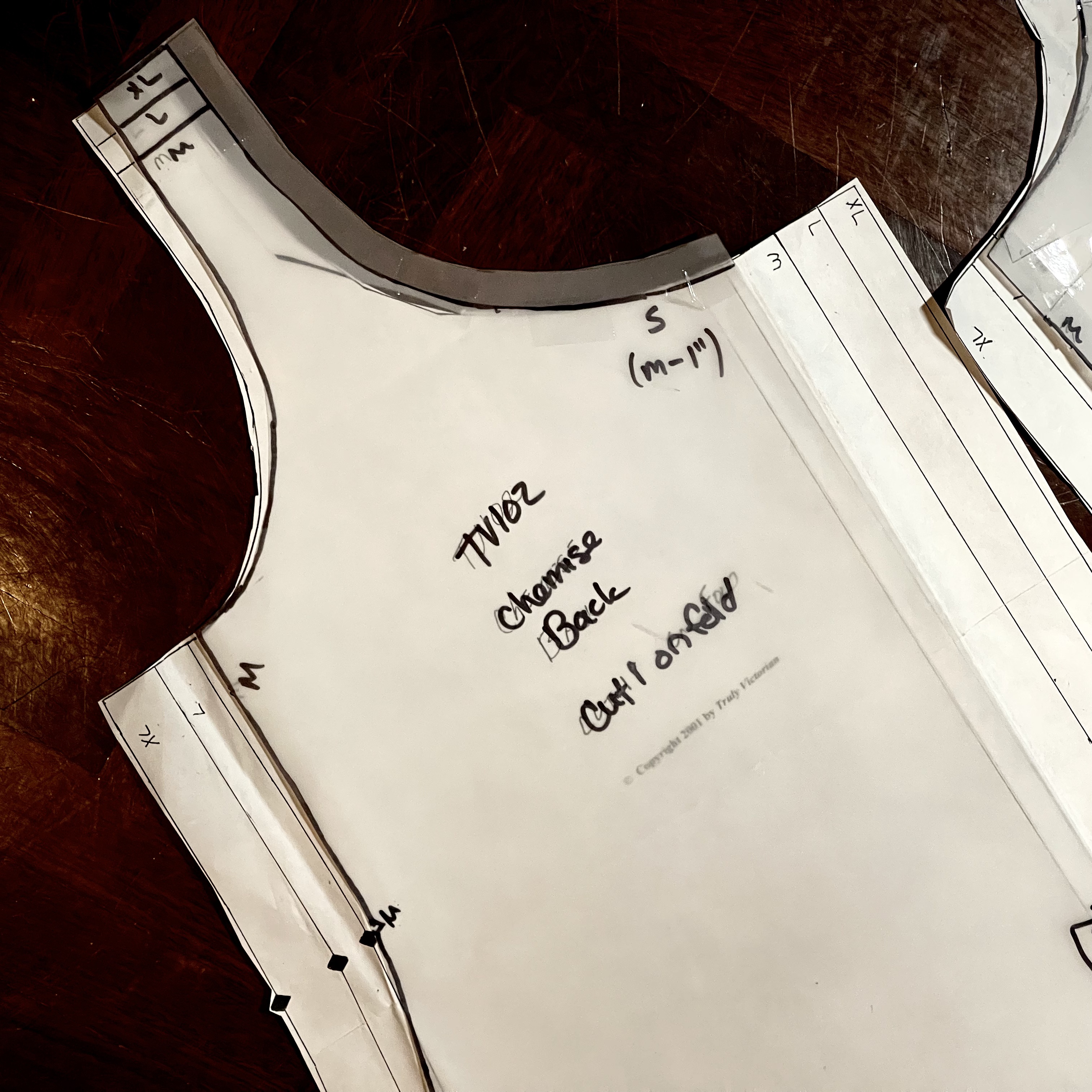
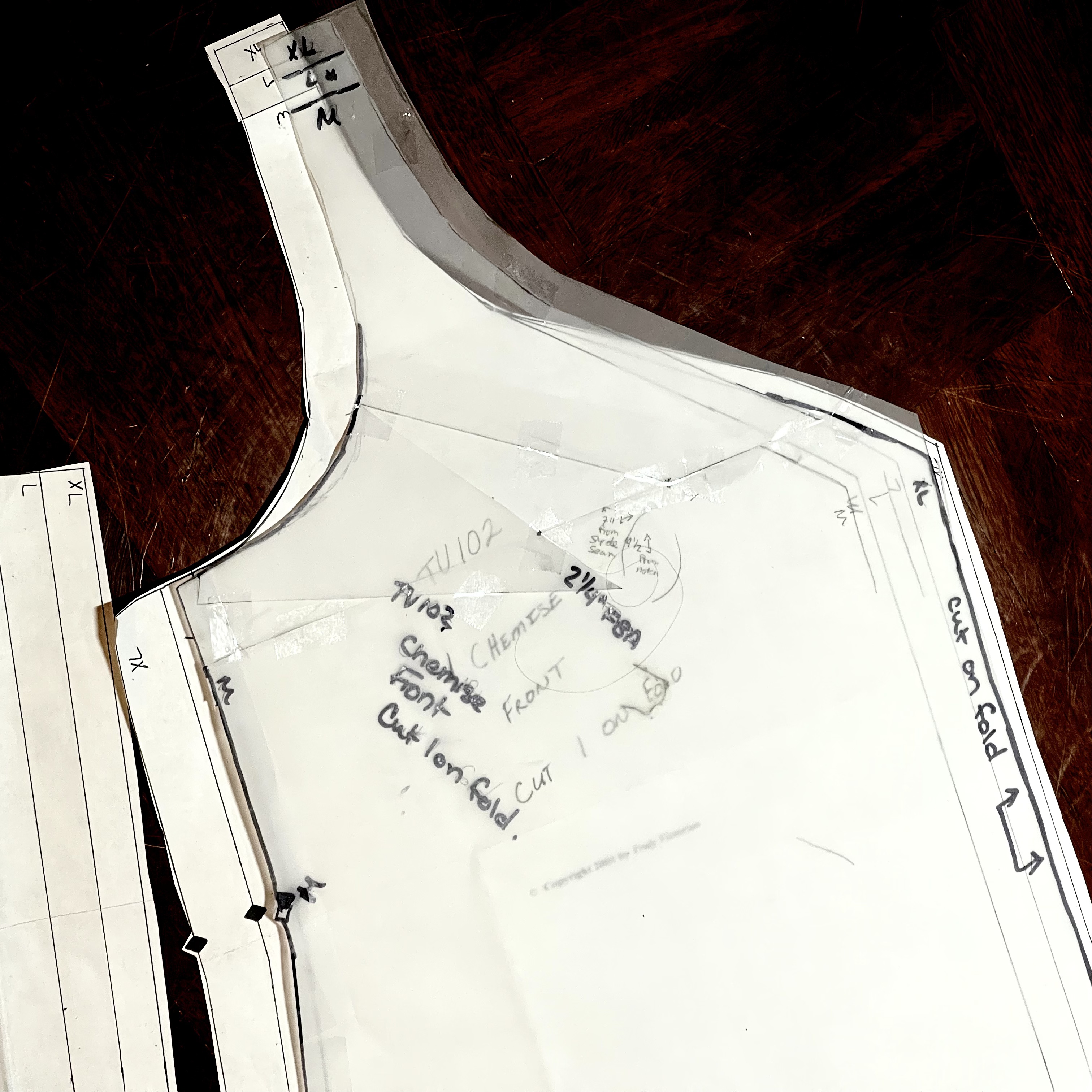
Finishing the chemise is also another place I needed to make small changes. The pattern originally calls for you to overlock and then apply lace with ribbon over the top. I have decided to do a partial self lining to finish (down to the notch) which means I need to add the 1/2” seam allowance for the lining to the neckline. In order to snug up the front neckline, I will run ribbon through the a topstitched channel at the neckline and out eyelet holes at CF. I am not adding to the armholes as they are good as is. I am also adding pockets to the side seams and marked the pattern for that and am using a pocket piece from a different pattern. I plan to use this method of bag lining the facing to avoid stitch lines from running over each other.
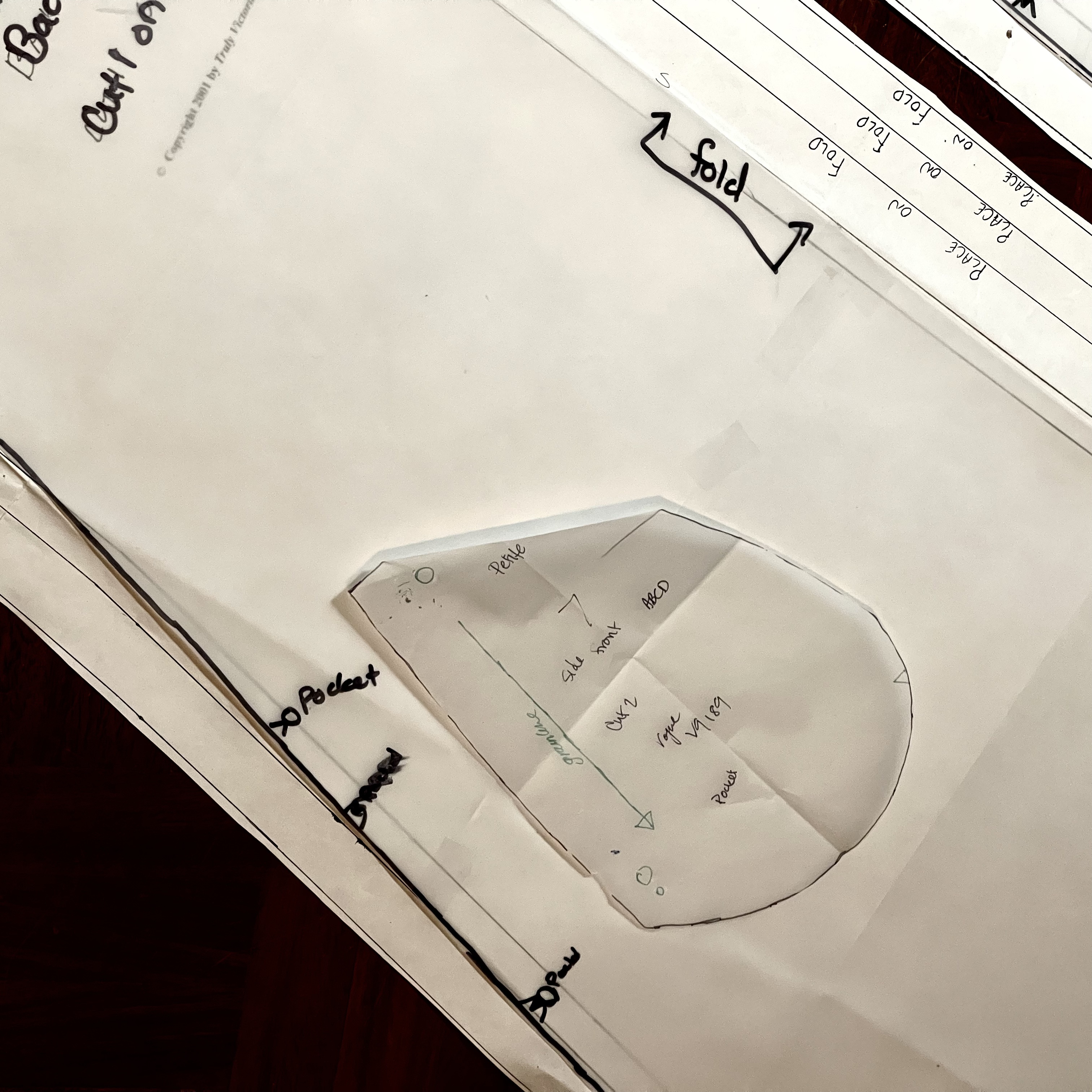
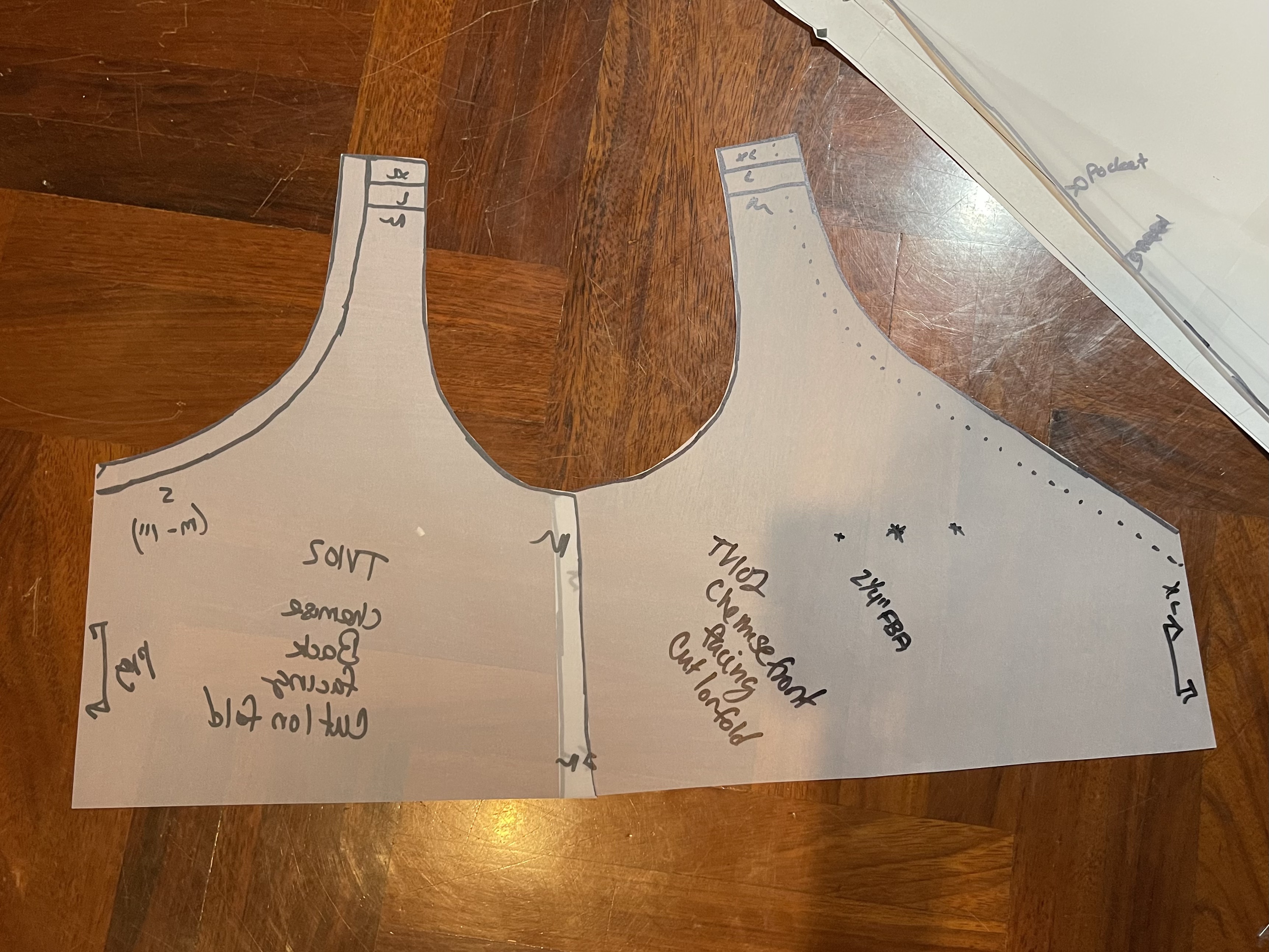
Actuality:
All of my preplanning paid off with very minor changes. I ended up having to take out 1” of each side of the back with a pleat as it was too wide still when I moved my arms. The front is slightly too low which is perfect as that will eventually be gathered to allow for nursing.
I did have issues with the bag lining. Even though I stay-stitched my fabric, it must have stretched as the facing and fashion fabric weren’t lining up perfectly and I ended up having to fudge the results. The straps were also really too narrow to bag line properly and some of the fashion fabric layer is distorted — but this dress has a gathered neckline which hides the distortion unless you are very close.
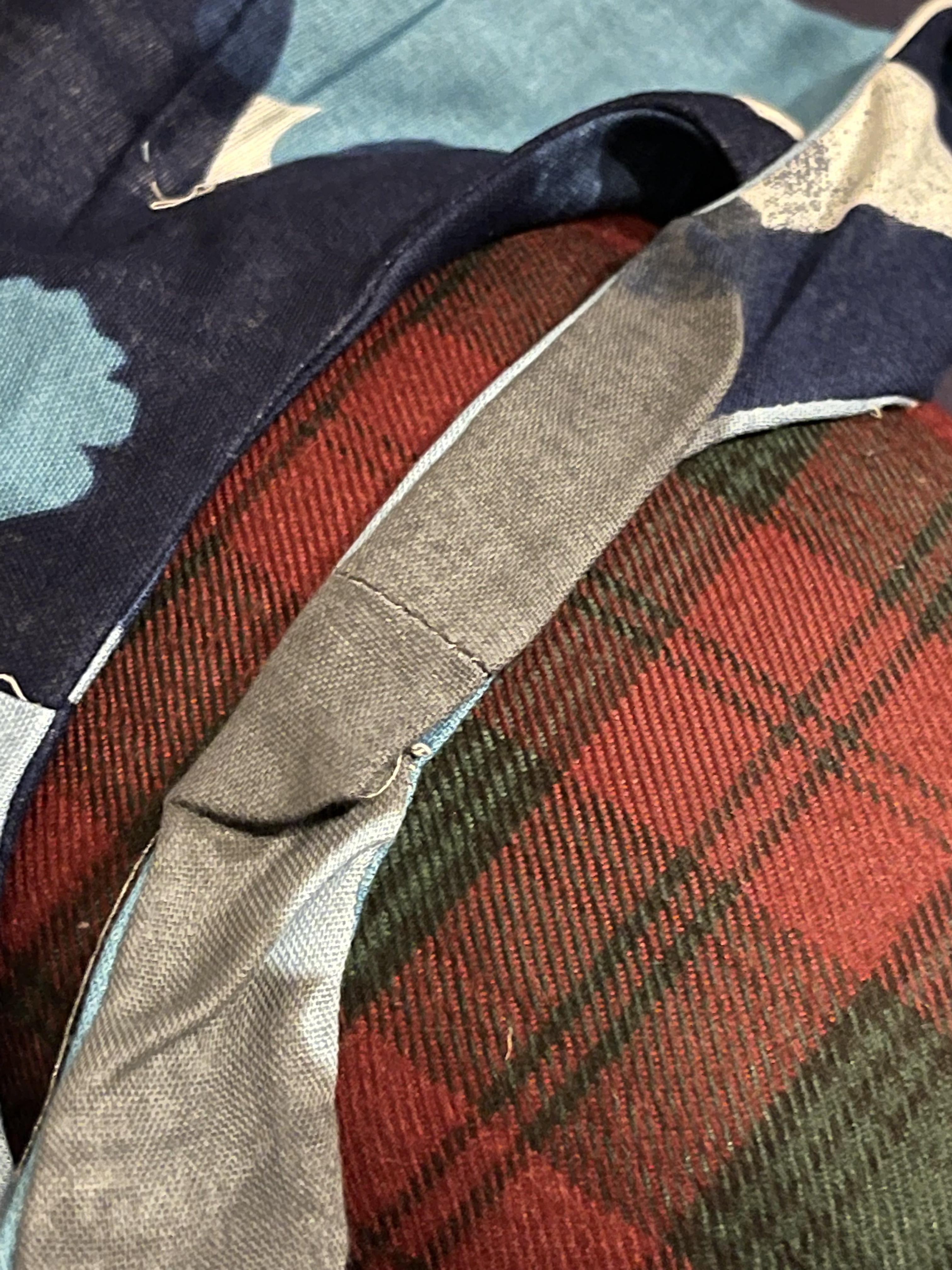

I also ended up adding in faux tie straps (from this free pattern and tutorial) which serve two purposes: to hold bra straps and to add detail at the shoulders.
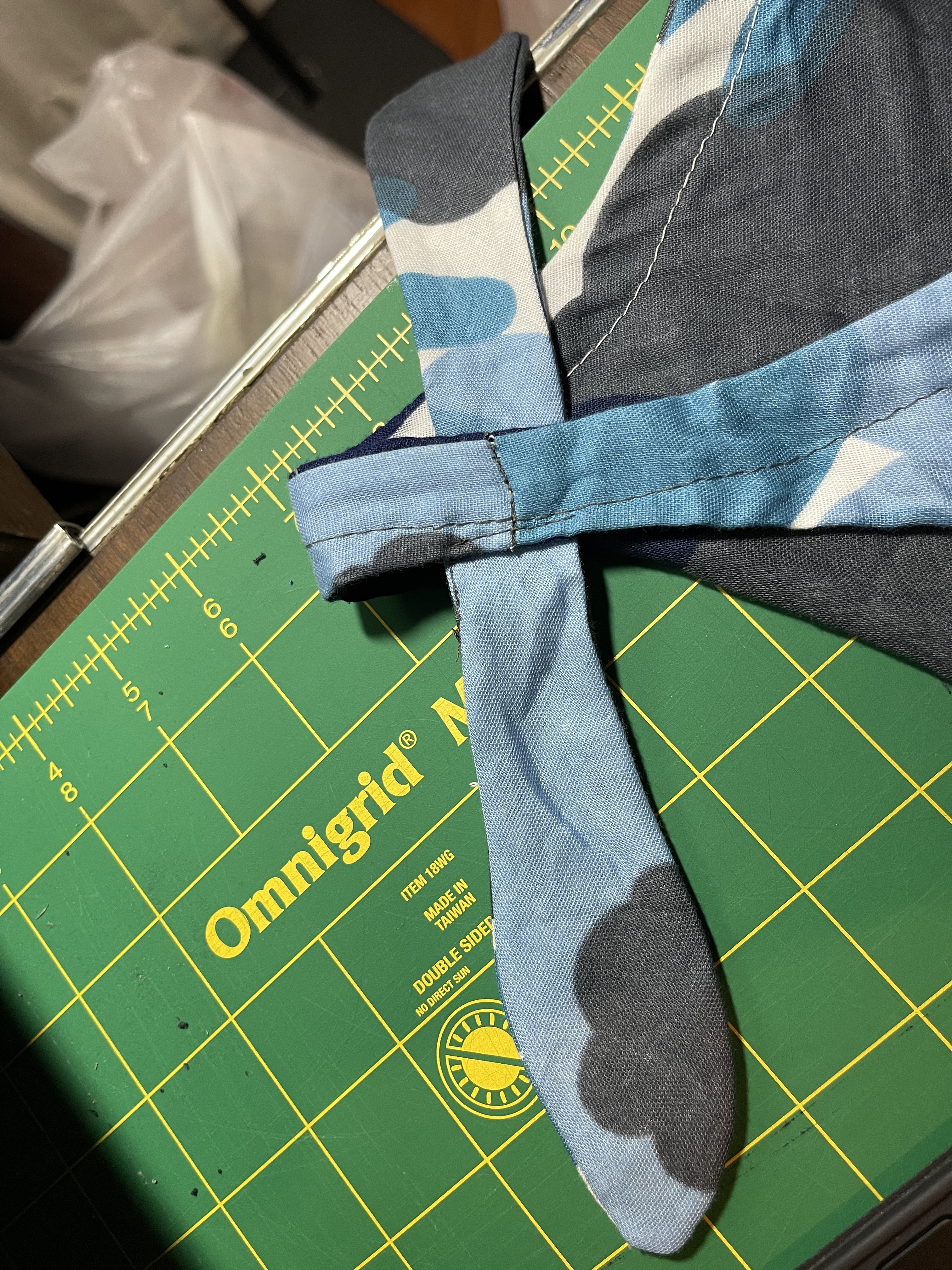
The gathering of the neckline is done by way of a drawstring that is secured to the strap at the shoulder and comes out of an eyelet on the facing.
A trick I came across recently for hemming a dress or shirt that has a curve is to run along the edge with a serger with the differential feed turned all the way up. This slightly gathers the edge and lets you turn and hem easily without it getting wonky. I tried it out and it worked very well! I didn’t get any puckers or weird spots in the hem.
Finally, everything was serged to finish as this was a very shred-y fabric.
Final Dress Thoughts:
This was a successful experiment and I already have ideas for making more dresses. Finding woven nursing dresses that don’t require zippers or other hardware to nurse in is difficult. It’s even more difficult when you need to have bra coverage and are busty. Altering the Truly Victorian pattern also meant that I started out with a base that already has a smaller armhole – key to preventing gapping when I have a high-set bust and narrow shoulders. I tried some things that were less than successful (the bag lining for the narrow straps) but was able to work around that to have a wearable dress.
Sea_born_abound has been sewing for over 30 year, originally learning when she was a child from her mother and grandmother. She started taking it up seriously as a hobby and relaxation tool as a young adult when nothing fit properly.
